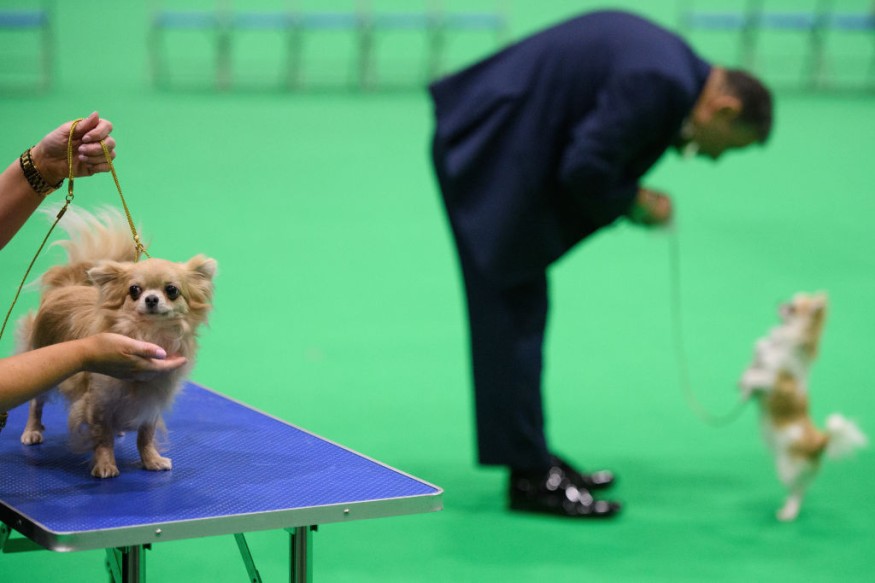
Most people have an aggressive dog story. However, some of these can be a bit stranger than most (especially when the aggressor in question is a small breed).
However, a new study from Finland shows that a link between size and aggression may not be anecdotal, and that the Napoleon complex certainly applies even to cuties like little toy poodles.
Aggressive dogs study also tackles ownership skills
The study was a very refreshing take on the concept behind the instincts that trigger a dog's aggressive behavior. Besides just the influence of size, it also took into account factors that pertain to a dog's owner.
According to the results, dogs are 23% more likely to display aggressive behavior for first-time owners. This ties in with a dog's unfamiliarity responding poorly to a new pet owner's inexperience. (Fortunately though, there are still plenty of ways to overcome these challenges.)
Meanwhile, it found that small dogs are 49% more likely to be aggressive and the reasons seem clear enough. Small dogs have a lot to fear from larger creatures (including humans), and that fear is a common drive for aggressive behavior.
And lastly, the study also highlighted the tendencies of some owners to try and downplay their dog's aggressive behavior (which has actually been proven problematic, if not controversial in some instances).
Also read : Understanding Your Dog Through Eye Contact
Helping a tiny dog's Napoleon complex
Aggressive behavior from small dogs can be managed with the right training techniques. Here is a short list of tips that can help:
#1. Accept that your dog is aggressive.
Even if you have come to firmly believe that your dog is well-behaved around you, it is not always the same with other people or in other situations. Be mindful of the signs (like growling and biting), and accept that you may have to intervene and train your dog better.
#2. Start with specific triggers.
Try to see a pattern during times when your little dog has been aggressive. Most of the time, it could be the result of a new, unfamiliar thing in their environment (like a new person or being made to wear something they find uncomfortable). Identifying these will guide the kind of training you want to give your dog.
#3. Provide proper deterrents.
Find some non-harmful ways to let your dog know that it is misbehaving. You could try using the occasional spray battle, as well as a whistle and a firm "No." Time-outs in a small enclosure can also work while also keeping an aggressive dog from hurting others.
#4. Be rewarding.
Rewards are more effective than punishment, but there is a technique to using them. For instance, consider holding back a reward until the dog has spent a longer time without any aggressive incidents. This helps keep a dog more motivated to improve their behavior.
#5. Be conscious of size differences.
Lastly, simply be aware that you are still the bigger animal at the end of the day. Aggressive small dogs are all too aware of their disadvantage and are just naturally wired to defend themselves with all they have got.
Also read: Prancer the Famous 'Demon Chihuahua' Gets Adopted, Finally!
© 2026 NatureWorldNews.com All rights reserved. Do not reproduce without permission.





